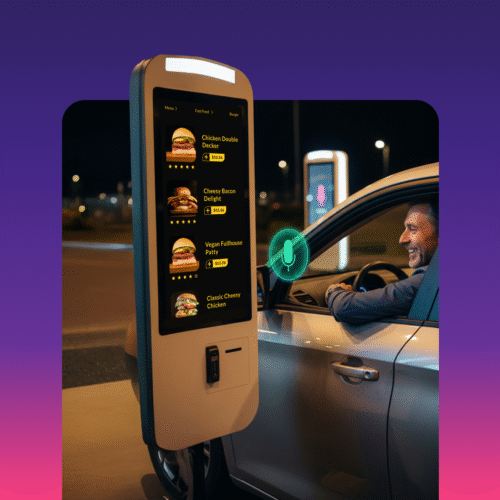Omilia Co-Founder and CEO Dimitris Vassos sat down with tech influencer Evan Kirstel to discuss a variety of topics impacting contact centers across industries, including:
- creating a conversation AI contact center solution that customers and enterprises both benefit from,
- the impact of deepfakes,
- how voice biometrics, along with behavior analytics can help stop fraudsters,
- and the evolving role of the contact center agent


